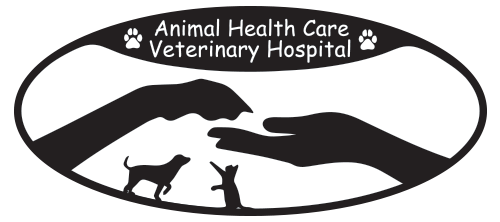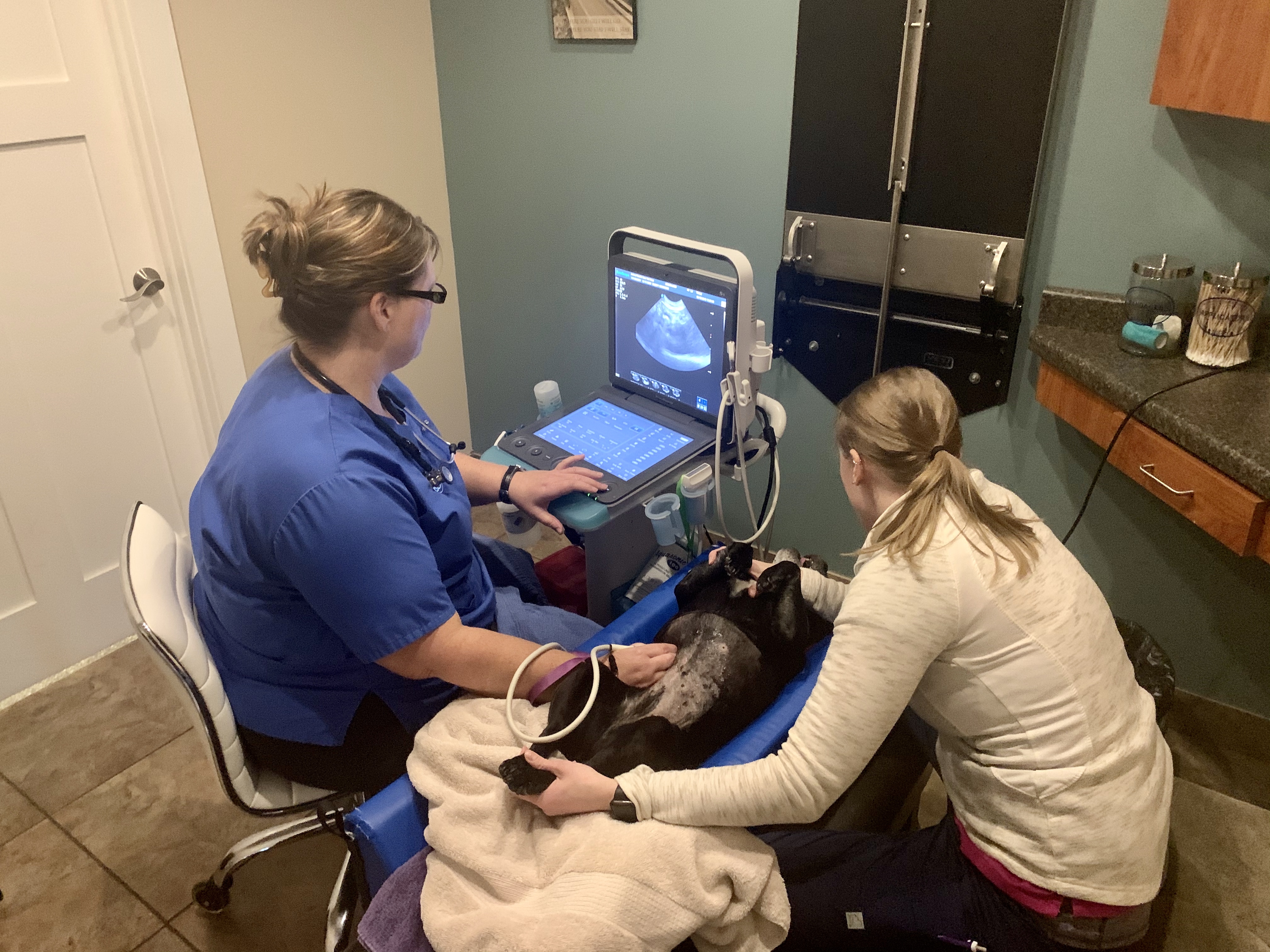Ultrasound
Veterinary ultrasound services are valuable diagnostic tools offered at many general veterinary practices. Ultrasound uses sound waves to create real-time images of the internal structures of an animal’s body. It is non-invasive, safe, and does not require anesthesia in most cases. Our veterinarians use ultrasound to examine various organs and tissues, aiding in the diagnosis and monitoring of different medical conditions.
Common indications for needing veterinary ultrasound services performed at our facility include:
- Abdominal Imaging: Ultrasound is frequently used to evaluate abdominal organs such as the liver, kidneys, spleen, bladder, intestines, and reproductive organs. It can help diagnose conditions like liver, gall bladder or kidney disease, bladder stones, and gastrointestinal issues.
- Cardiac Evaluation: Veterinary ultrasound can assess the heart’s function, identifying conditions such as heart murmurs, congenital heart defects, or heart enlargement (cardiomyopathy).
- Pregnancy Confirmation: Ultrasound can determine pregnancy in various species by visualizing the developing fetuses in the uterus.
- Tumor Detection: Ultrasound aids in detecting and characterizing masses or tumors in different body regions, allowing veterinarians to guide biopsy procedures if necessary.
- Fluid Analysis: The presence of abnormal fluid in the abdomen or chest can be evaluated using ultrasound, aiding in the diagnosis of conditions like ascites or pleural effusion.
- Guided Procedures: Ultrasound can be used to guide needle aspirations, biopsies, or fluid drainage, making these procedures more accurate and reducing the risk of complications. This service being performed here will be dependent upon the organ involved and the risk of bleeding/complications.
Overall, veterinary ultrasound services play a crucial role in diagnosing a wide range of medical conditions in animals, helping veterinarians make informed decisions about treatment plans and providing better care for their patients. It is an essential tool in general practice settings to ensure the well-being of companion animals and improve their quality of life.



